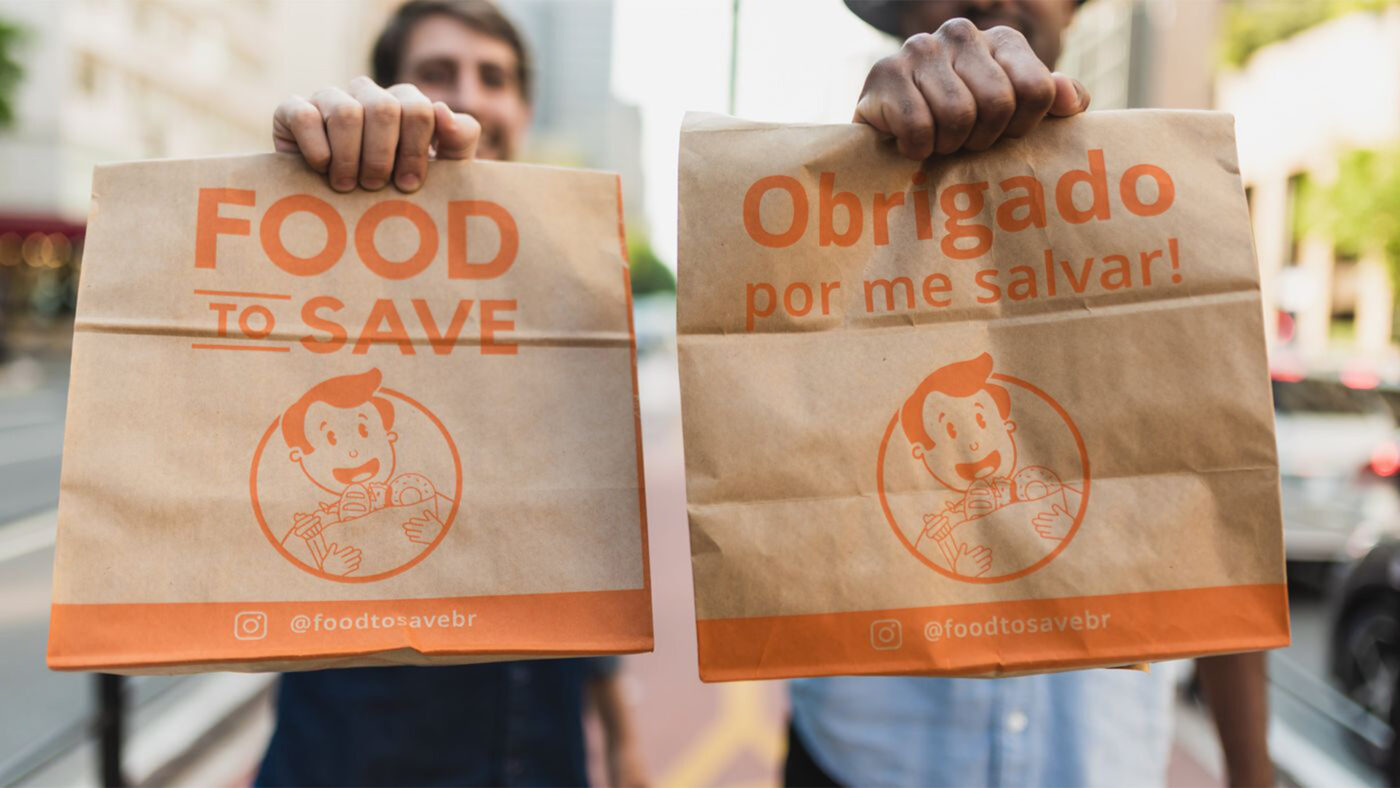“Meeting the needs of present generations without compromising the ability of future generations to meet their own ones.” – United Nations about food sustainability.
Food sustainability
A major challenge of our time
With sustainability becoming increasingly urgent in productive spheres, the agri-food industry stands at the forefront as one of the most concerned industries with this concept. Between fighting against waste and advocating for low ecological footprint consumption, sustainable food lies at the heart of tomorrow’s challenges.
But what role does design play in all of this? By combining creativity, functionality, and sustainability, design offers new perspectives to rethink our way of producing, distributing, and consuming food. It plays an essential role in creating innovative solutions that promote environmentally friendly and socially responsible food.
Whether it’s products, packaging, or food systems, let’s focus on the pillars of design that advocate for sustainability in food.
Design for Behavioral Change
A path to the Circular Economy
A people-focused methodology, Design for Behavior Change aims to encourage change and develop solutions that help individuals adopt new behaviors that benefit themselves and the planet.
To deepen the concept, Lígia Dembinski, Design Manager & ESG Leader at CBA B+G, wrote an article that brings concrete examples of businesses that aim to develop brand-user relationships, looking at design as an amplifier of environmental awareness. It’s worth a read.
Do you want to know more about design and positive impact?
Subscribe to Blimp, our monthly newsletter.
Eco-friendly packaging
More than a trend, a necessity
Facing growing environmental impact, eco-friendly design plays a crucial role in reducing food waste. The use of recyclable materials allows for eco-designed packaging to drastically reduce the amount of plastic used. Make way for biodegradable, compostable, and recyclable packaging, which offer thoughtful alternatives to single-use items.
DADDY , the big switch to kraft
Por quase 15 anos, DADDY, marca francesa líder em sua categoria, vem colaborando com a CBA Design para trazer de volta o significado do uso do açúcar, reinventando-o na vida cotidiana. A agência escolheu uma inovação radical de produto, o papel kraft; uma embalagem 100% reciclável que reduz significativamente o impacto ambiental do usuário e, ao mesmo tempo, permanece resistente às condições mais extremas da confeitaria. Em termos concretos, esse projeto concilia significado e utilidade para essa marca histórica.
Sustainability in our dishes
Health and responsibility
Many designers are now reimagining the way food products are made. From the creation of plant-based meat substitutes to the development of fairer supply chains, food design emphasizes sustainable ingredients to meet the needs of the planet and health-conscious consumers.
Raízes do Campo, innovating through Agroecology
Raízes do Campo, innovating through Agroecology
A business with a bold proposal: to offer healthy food by bridging the gap between those who produce and those who consume, with the aim of being a value agent for a more sustainable and healthy production chain, based on processes that generate value for farming families, considering ecological, cultural and economic principles.
Design thinking
At the service of sustainable food systems
Design goes beyond individual products and also applies at the scale of food systems. Creating shorter supply chains, optimizing logistics, reducing food waste… Design Thinking strategies answer numerous needs and promise a better future. In a world where 2.5 billion meals are wasted every year, an increasing number of innovative initiatives are emerging.
FOOD TO SAVE, against food waste
In Brazil, 15 million tons of food are wasted every year. FOOD TO SAVE app fights against food waste by rescuing unsold items and turning them into food baskets at advantageous prices. The solution already has more than two thousand establishments in the country, which are together in this cause.
Between creativity, functionality and circularity
When design reimagines the future of sustainable food
Sustainable food is a complex challenge, but design offers remarkable opportunities to find innovative and creative solutions. By encouraging collaboration between designers, brands, and consumers, let’s create a future where design and sustainable food go hand in hand to build a better world.




